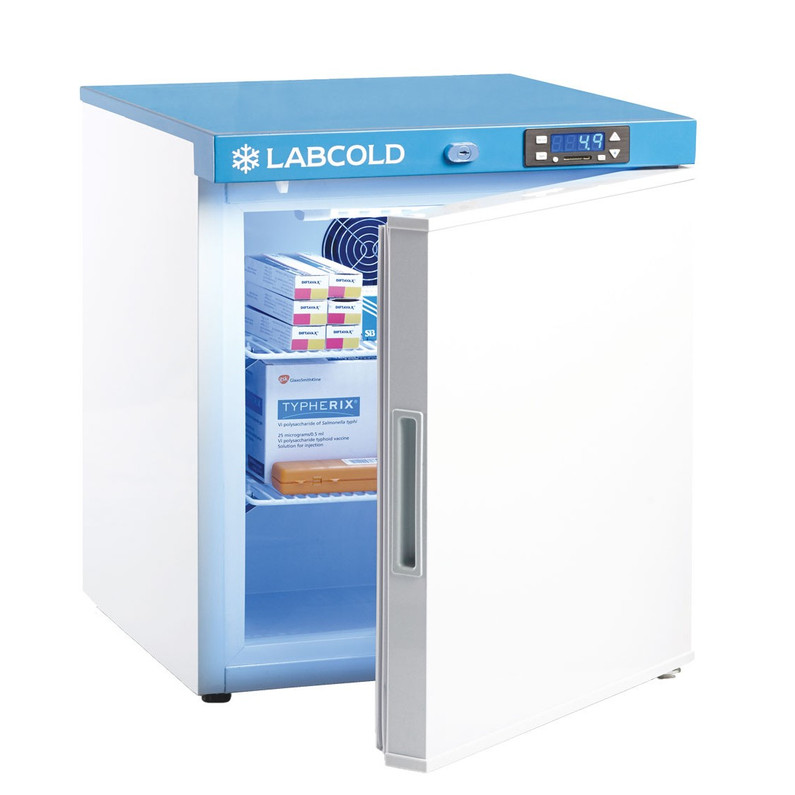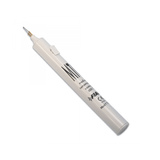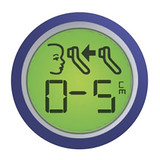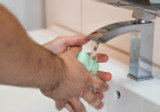Medical refrigeration: How to store vaccines correctly
 It is vital that vaccines are stored correctly. Storage and
handling errors can result in reduced effectiveness and potency of the vaccines
and, therefore, loss of protection for patients. This can not only cost you money
in wasted vaccines, it can also lead to a loss of patient confidence and a
vaccination that simply does not work.
It is vital that vaccines are stored correctly. Storage and
handling errors can result in reduced effectiveness and potency of the vaccines
and, therefore, loss of protection for patients. This can not only cost you money
in wasted vaccines, it can also lead to a loss of patient confidence and a
vaccination that simply does not work.
Audit trail
Vaccines must be stored correctly from manufacture through to administration. It is recommended that you keep a logbook for your vaccine storage equipment, containing the serial number, the date of installation, routine maintenance dates, and the contact details of the unit provider.
Storage
equipment options
Vaccines must be refrigerated in order to keep their efficacy. If the vaccine needs
to be kept frozen, the freezer unit must be kept at a temperature between -50°C
and -15°C. Refrigerated vaccines should be stored at a temperature between 2°C
and 8°C, averaging 5°C.
It is recommended that you use a dedicated Labcold medical
fridge or Labcold
pharmacy fridge for the storage of vaccines.
Stand-alone refrigeration units are recommended for vaccine storage because
they maintain the requisite temperatures more accurately than combination
units. Stand-alone units are self-contained units that either refrigerate or
freeze. They may be countertop size, medium-sized under the counter units, or
large, pharmaceutical grade units.
Dormitory-style units with one external door and a cooling coil inside a small
icemaker compartment should not be used vaccine storage, even temporarily, as
they do not maintain a constant temperature.
Equipment
maintenance
It is preferable to have a unit with a frost-free or automatic defrost cycle. However, if the unit requires manual defrosting, it must be defrosted regularly and you must have a spare storage unit available that can maintain the correct temperature for the vaccines during temporary storage.

Storage unit placement
Your storage unit should be sited in a well-ventilated room with several centimetres of fresh air between all sides of the unit and the top. Be careful not to block the motor cover and make sure that the unit is standing level with a few centimetres between the floor and the unit bottom.
Temperature
control
The temperature inside both the freezer and fridge should be checked twice each
day, in the morning and at the end of the work day. The temperatures should be
noted on a log sheet that is kept on the unit door.
At Four Square Healthcare, we offer a wide range of dedicated Labcold medical
fridges. We accept NHS purchase orders and, in addition, all NHS funded GP
surgeries, NHS hospitals or Trusts, and all UK police forces qualify for an
automatic 30-day credit account. Shop online or contact the
helpful team at Four Square Healthcare for more information.
Recent Posts
-
Cauteries & Cryosurgery for minor procedures
Cauteries and cryosurgery work in a similar fashion, even though they are at opposite ends of the s …4th Jul 2019 -
Choosing the best digital thermometer
As any parent, or healthcare professional knows only too well, getting an accurate temperature read …6th Jun 2019 -
World Hand Hygiene Day
Any healthcare professional will be able to attest to the importance of good hand hygiene. 5 May 2 …1st May 2019




